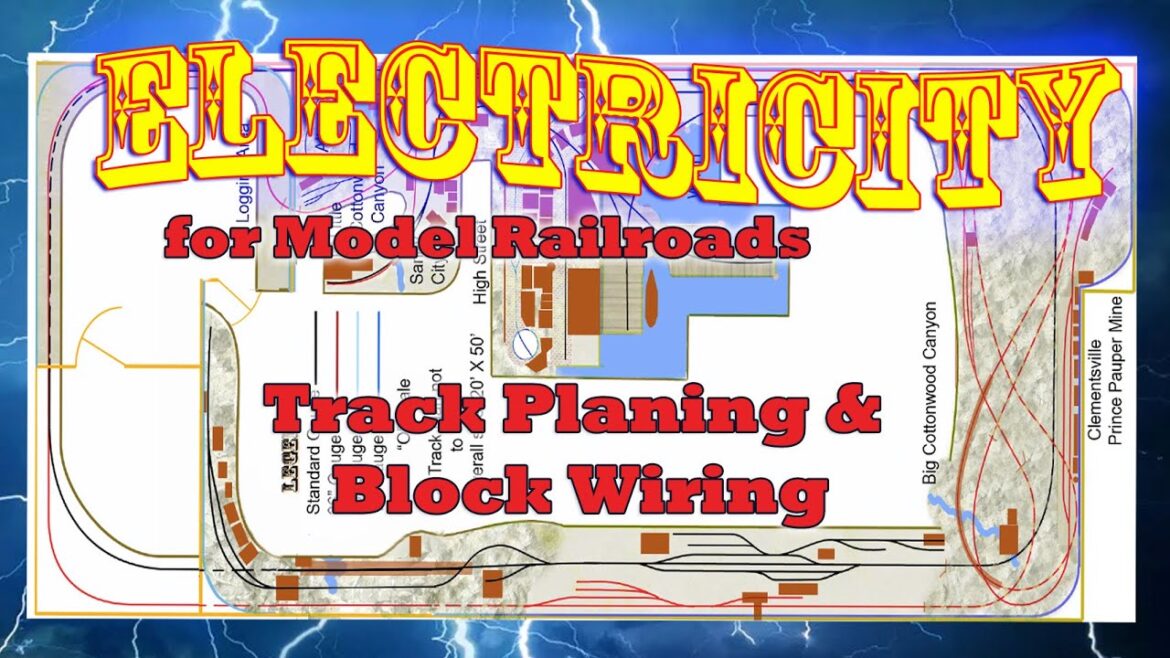Facing and trailing switch points present interesting trask planning, operation, and block wiring issues. First, let’s look at operations….
Pushing a string of cars into a stub siding with these two track configurations requires completely different strategies. In one case you back the train into the siding. On the other hand, you must run around the train and then push the cars into the siding. So, this operation must be considered when planning the track layout.
If you are wiring for blocks anytime you see points facing each other this way you know that power will be fed from the area between the points and extend from there to the next block. And this depends on the layout of the tracks beyond the block created by the facing points.
#modelraillayout #modelrailroad


10 Comments
Foist to comment
I miss the caboose. Now you just have the train ending at the crossings with a boxcar or a flatcar or a tanker. A real bummer. Bring back the caboose with a man in it and waving to the people at the crossings.
As always a very informative and well explained video.
Confused but learning. Someday that light bulb called me brain will turn on and I will understand the wiring.🤣🤣🤣🤣🤣
GOD BLESS 🚂💕🚂💕🚂💕🚂💕
I have blocks even with DCC. That way I can still run non-DCC trains on the same mainline and switch out whenever I want. Now, if only I could figure out a reliable, cost effective way to operate trackside signals/grade crossings, etc…🤔
3:40 "There is no way to stuff cars in the siding".
Dutch dropping has entered the chat
DId you know that Jay leno dud a youtube video on the Big Boy train?
Track planning…
If you plan to operate like the prototype, look at how the tracks are arranged. I use both track charts and satellite imaging for planning.
Great vidio, like the way you showed the trains moving around cause it made scene why ya need ta cut the wire's, neet.Thanks for the morning coffee…
Hi Toy Man Televis & it's is Randy and i like yours Cool & Thanks Toy Man Televis & Friends Randy